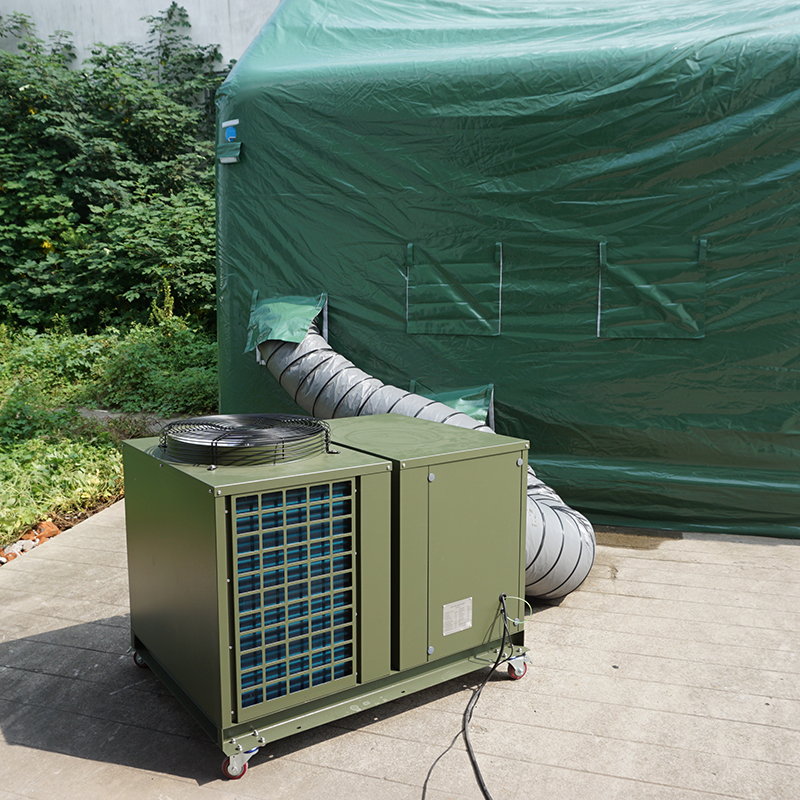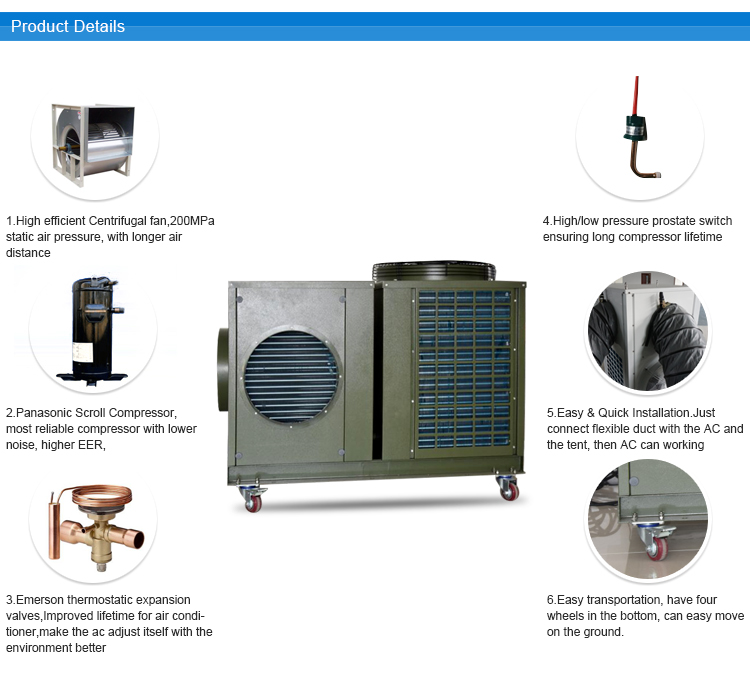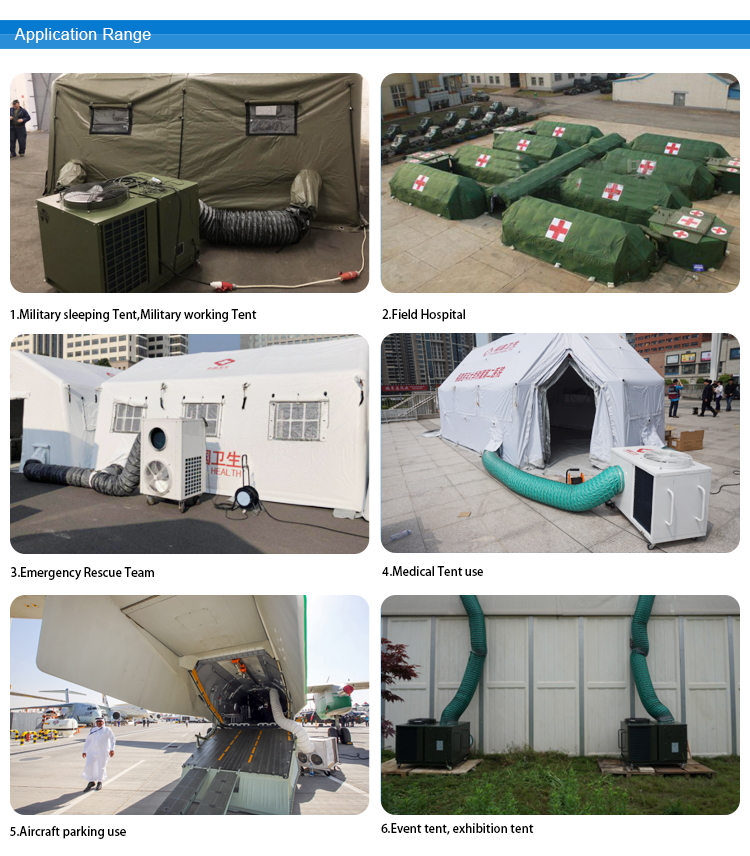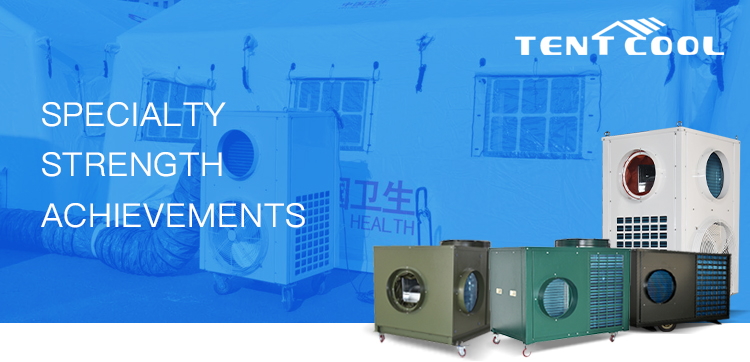Powder coal ash is an industrial waste discharged thermal power plant coal-fired boilers, is one of the world's largest emissions of industrial solid waste, not only seriously pollute the environment, but also occupy the land. In general, 250-300 kg of fly ash can be produced for every 1 t of coal burned. For a long time, fly ash has been a major source of pollution for coal-fired power plants, seriously affecting the daily life of residents around coal-fired power plants. At the same time, it has had a huge impact on the surrounding natural environment. Fly ash is an industrial solid waste, but at the same time it is a huge renewable resource. Therefore, if the useful components in the fly ash can be utilized, on the one hand, the problems of occupying land and polluting the environment brought by the fly ash can be solved, and the pressure brought by the waste of fly ash to the environment can be alleviated, and at the same time, Become a cheap renewable resource. Fly ash typically contains 15% to 55% of aluminum oxide, if reasonably be used, the alumina is a good resource. First, the sample original and method The sample is wet fly ash from a coal-fired power plant. The chemical composition of the sample after iron selection is shown in Table 1. Table 1 Chemical composition (mass fraction) of fly ash SiO 2 Al 2 O 3 TFe Loss on ignition other 44.78 30.10 4.70 11.78 8.64 The test uses sodium carbonate and quicklime and fly ash to sinter at a certain temperature to investigate the synergy of the type of sintering agent and the sintering machine. The effects of sintering temperature, sintering time, alkali ratio and calcium ratio on the dissolution rate of alumina in fly ash. The factors affecting the sintering process were formally tested to optimize the conditions of the sintering process, and the optimum sintering conditions for the extraction of alumina from fly ash were obtained. The sintered clinker is dissolved in a dilute solution of 80 g/L sodium hydroxide at 100 ° C for 5 min. The red mud is first washed twice with a dilute solution of 8 g/L sodium hydroxide, and then washed once with hot water at 100 ° C to dissolve the aluminate. The sodium solution was filtered to discard the red mud, and the dissolved alumina content was determined by hydrochloric acid. Second, the test results and discussion (1) Effect of the type of sintering agent on the dissolution rate of Al 2 O 3 in fly ash The fly ash was mixed with sodium carbonate and quicklime at a mass ratio of 1:1, and sintered at a certain temperature to investigate the change of alumina dissolution rate with the sintering temperature in the fly ash sintered clinker. The effect of the type of sintering agent on the dissolution rate of alumina in fly ash is shown in Fig. 1. Fig.1 Effect of the type of sintering agent on the dissolution rate of alumina in fly ash As can be seen from Fig. 1, as the temperature increases, the sintering results of sodium carbonate and quicklime gradually become better. However, with the increase of temperature, when sodium carbonate is used for sintering, the dissolution rate of alumina in the fly ash sintered clinker is much faster, and when the quicklime is sintered, the dissolution rate of alumina increases with temperature and is slow. . Sodium carbonate and quicklime were used as sintering agents. At 700 °C, the dissolution rate of alumina in fly ash was only 23.88% and 9.95% respectively. At 850 °C, the dissolution rate of alumina in fly ash increased to 77.53% and 16.28%, respectively. . (2) Synergistic effect of sintering agent In the test, sodium carbonate and quicklime were used for the synergistic test, and the alkali ratio and calcium ratio in the sintered raw material were mainly considered. The influence of sintering temperature and sintering time on the dissolution rate of alumina in fly ash. 1. Effect of alkali dissolution ratio on alumina dissolution rate in low-grade fly ash sintered clinker The effect of alkali ratio on the dissolution rate of alumina in fly ash is shown in Fig. 2. The test conditions were a calcium ratio of 0.5:1, a sintering temperature of 850 ° C, and a sintering reaction time of 30 min. Fig. 2 Effect of alkali ratio in raw meal on dissolution rate of alumina in fly ash It can be seen from Fig. 2 that when the sodium carbonate and calcium oxide mixed sintering agent is sintered with fly ash, the alkali ratio in the raw material has a great influence on the dissolution rate of alumina in the fly ash sintered clinker. When the alkali ratio is 1:1, the calcium ratio is 0.5:1, and sintering at 850 ° C for 30 min, only 23.22% of the alumina in the fly ash is dissolved, and when the alkali ratio is 3:1 under the same conditions, However, 68.71% of the alumina was dissolved. This is related to the reaction mechanism when sintering with sodium carbonate. When soda lime is sintered, the alumina and sodium carbonate in the fly ash mainly react as follows: Al 2 O 3 +Na 2 CO 3 →NaO·Al 2 O 3 +CO 2 ↑ When the alkali ratio in the raw material is increased, the contact area between the alumina and the sodium carbonate in the raw material and the supersaturation of the sintering agent are increased, which is beneficial to increase the reaction rate of alumina and sodium carbonate in the fly ash. Therefore, the raw material having a high alkali ratio can dissolve more alumina in the fly ash under the same sintering conditions. 2. Effect of calcium ratio on dissolution rate of alumina in fly ash sintered clinker The effect of calcium ratio on the dissolution rate of alumina in fly ash sintered clinker is shown in Fig. 3. The test conditions were 3:1, the sintering temperature was 850 ° C, and the sintering reaction time was 30 min. Fig. 3 Effect of calcium ratio on dissolution rate of alumina in fly ash Figure 3 shows that when the mixture of sodium carbonate and calcium oxide is sintered with fly ash, the calcium ratio in the raw material has a greater influence on the dissolution rate of alumina in the fly ash sintered clinker. When the calcium ratio in the raw material is 0.25:1, the alkali ratio is 3:1, and sintering at 850 °C for 30 min, 65.78% of the alumina in the fly ash is dissolved. With the increase of the calcium ratio in the raw meal, the pulverized coal The alumina solution yield in the ash-sintered clinker also increased, and the alumina dissolution in the fly ash sintered clinker increased to 72.21%. However, as the calcium ratio in the raw meal further increases, the dissolution rate of alumina in the fly ash decreases. Appropriate amount of calcium oxide can promote the sintering process and facilitate the dissolution of alumina in fly ash. When the calcium oxide in the raw material is excessive, the excessive calcium oxide hinders the dissolution of the alumina in the fly ash. 3. Effect of sintering temperature on dissolution rate of alumina in fly ash The effect of sintering temperature on the dissolution rate of alumina in fly ash sintered clinker is shown in Fig. 4. The test conditions were a base ratio of 3:1, a calcium ratio of 1:1, and a sintering time of 30 minutes. Fig. 4 Effect of sintering temperature on dissolution rate of alumina in fly ash Figure 4 shows that as the sintering temperature increases, the dissolution rate of alumina in the fly ash sintered clinker increases rapidly. When the raw material ratio of 3:1 and calcium ratio of 1:1 is sintered at 700 °C for 30 min, the dissolution rate of alumina in the fly ash sintered clinker is only 27.68%. At 850 °C, the alumina in the fly ash The dissolution rate was 72.21%. The data show that sodium carbonate and alumina start to react at 500-700 °C, and the temperature can be fully sensed at 800 °C, and the temperature reaction is accelerated. It can be completed in 1100 ° C in 60 min. 4. Effect of sintering time on dissolution rate of alumina in fly ash The effect of sintering time on the dissolution rate of alumina in fly ash sintered clinker is shown in Fig. 5. The alkali ratio was 3:1, the calcium ratio was 1:1, and the sintering temperature was 850 °C. Fig. 5 Effect of sintering time on dissolution rate of alumina in fly ash It can be seen from Fig. 5 that the sintering time has little effect on the dissolution rate of alumina in the fly ash sintered clinker. When the sintering time is 30 min, the dissolution rate of alumina in fly ash is 72.21%. With the increase of time, the dissolution rate of alumina increases slowly. Even if the sintering time is extended to 120 min, the dissolution rate is only 73.82%. This shows that when the alumina in the fly ash is dissolved by the soda lime sintering method, when the alkali ratio in the raw material is 3:1 and the calcium ratio is 1:1, the material can be dissolved in the fly ash after being sintered at 850 ° C for 30 min. The majority of the alumina, and the portion of the alumina that cannot be dissolved, is inert under these conditions. (III) Orthogonal test of sintering reaction The orthogonal test was carried out on the sintering process to investigate the influence of various factors on the dissolution rate of alumina in fly ash during the sintering process of fly ash, and to determine the optimum ratio of various dosages in the sintering process. The test uses an orthogonal test of a sintering reaction using a mixture of sodium carbonate and calcium oxide as a sintering agent. The orthogonal test factor level table is shown in Table 2. Table 2 Orthogonal test factor level Level factor Alkali ratio Calcium ratio Sintering temperature °C Sintering time min 1 1:1 2:1 750 30 2 2:1 1:1 800 60 3 3:1 0.5:1 850 90 According to Table 2, the L 9 (3 4 ) orthogonal test table was used for the test. The scheme design and test results are shown in Table 3. Table 3 Orthogonal test plan and test results of sintering process Numbering factor Al 2 O 3 Alkali ratio Calcium ratio Sintering temperature °C Sintering time min 1 1:1 2:1 750 30 18.98 2 1:1 1:1 800 60 30.72 3 1:1 0.5:1 850 90 34.52 4 2:1 2:1 800 90 54.64 5 2:1 1:1 850 30 66.94 6 2:1 0.5:1 750 60 45.40 7 3:1 2:1 850 60 62.43 8 3:1 1:1 750 90 62.85 9 3:1 0.5:1 800 30 66.19 I j 84.22 136.05 127.23 152.11 II j 166.98 160.51 151.55 138.55 III j 191.47 146.11 163.89 152.01 R j 107.25 24.46 36.66 13.56 It can be seen from Table 3 that the order of influence of various factors on the dissolution rate of alumina in the fly ash sintered clinker is: alkali ratio > sintering temperature > calcium ratio > sintering time. Therefore, the amount of sodium carbonate in the raw meal is particularly controlled during the sintering process. By optimizing the sintering process using a mixture of sodium carbonate and calcium oxide as a sintering agent, the optimum process is as follows: alkali to alkali ratio 3:1, calcium ratio 1:1, sintering at 850 ° C for 30 min, under this condition The lower Al 2 O 3 leaching rate can reach 72.21%. Third, the conclusion (1) As the temperature increases, the sintering effect of sodium carbonate and quicklime gradually becomes better. However, as the temperature increases, when sodium carbonate is used for sintering, the dissolution rate of alumina in the fly ash sintered clinker is much faster, and when the quicklime is sintered, the dissolution rate of alumina increases with temperature and is slow. . (2) The mixture of sodium carbonate and calcium oxide as the sintering agent, the main influencing factor in the sintering process is the alkali ratio, followed by the sintering temperature and the calcium ratio, and the weakest effect is the sintering time.
TENT AIR CONDITIONER (MOBILE COOLING & HEATING AIR CONDITIONER)
Mobile Tent Air Conditioner is a mobile air conditioning unit developed primarily to provide air conditioning in tents, campings, temporary or transportable buildings, or similar fields. To improve the working or living conditions, tent air conditioners, including military use tent air conditioner, mobile Field Hospital air conditioner, relief air conditioner, etc
The unit is designed for outside installation with ducted supply and return air. The function is based on a cooling circuit and two powerful fans. The evaporator section contains the evaporator and a radial fan which draws warm internal air through the cold evaporator and blows out the cooled air through the side of the unit. The condenser section contains two condenser coils and a large axial fan returning the heat from the internal air to the outside. Heating function is also available by an opposite circuit.
Features:
1) Wheel Kit
Four-wheel kits are equipped as a basic add-on-solution which make the unit to be applied on site without using any tools. The unit can be transported and moved to the optimal position by one or two people easily. The wheel solution enables rapid and easy deployment of the unit but no need forklift sometimes.
2) Flexible installation
All mobile tent air conditioners are easy to adapt to local conditions. The units can be placed outside of the tents, while they can also be placed half inside and half outside. In order to optimize the cooling effect, the units - as well as the ducts - are better to be placed close to the tent with ducts as short as possible on the outside to minimize solar radiation. Solar shielding of the cooling unit and ducts will further increase performance.
3) Heating and cooling from the same unit
The mobile tent cooling and heating units can also be supplied with a built-in heat function. This makes these units especially useful in geographical areas with extreme differences in daytime and night-time temperatures, such as deserts. Extra electric heating accessories are available to ensure the heating performance.
4) Wide Applications
Working area: Tents, Temporary buildings, Accommodation, Military camps, Relief camps, Workcamps (oil and gas industry), Vehicle cabins, Granaries, Event cooling and heating, Emergency cooling, etc
Working Temperature: It can provide cooling at ambient temperatures up to +60℃, and heating down to -15℃.
Our Service:
1. OEM Service is available;
2. Customized design is available;
3. Fast delivery time.
Sincerely hope to cooperate with partners from all over the world.
TENTCOOL MOBILE TENT COOLING AND HEATING UNIT Mobile Tent Air Conditioner,Mobile Cooling and Heating,Tent Air Conditioning Units,Camping Tent Air Conditioner,Portable Tent Air Conditioner Taizhou Tentcool Electrical Appliance Co., Ltd. , https://www.tentcool.com







